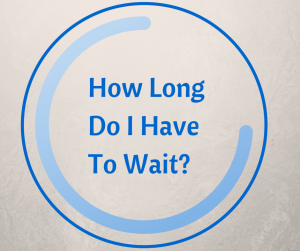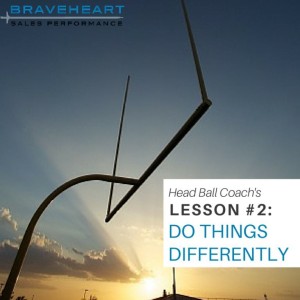
You’ve put your blood, sweat and tears into building and refining your new small business website, and you’re ready to unleash it upon the world. But how long will it take for your site to appear in a Google or Bing search?
Unfortunately, there is no set amount of time before your site is indexed into the search engine results page (SERP).
Fortunately however, there are several ways you can speed up the process.
Get Out There!
You need your pages to be seen. The amount of quality inbound links you have to your site will help direct the search engine to finding your page. That means taking to social media and owning it. Are you limiting yourself to one particular social site or group? Don’t. Pick at least four popular social media outlets, create pages and link them back to your site. Having friends share your link, guest blogging and good old-fashioned word of mouth are all good ways to help form relationships with your new audience and increase the likelihood of having your site crawled/indexed earlier.
This also means you need the content and the structure of your site to be well written, with extremely clean code. This will enable Google and Bing’s bots/spiders to easily find, crawl, read and index it for their SERP. Content is king, so you’ll want plenty of easily “readable” text to entice the early indexing.
Checklist for Optimal Crawling/Indexing:
- Create a user-friendly design that works on multiple devicesWith mobile device browsing so prevalent today, it is imperative your site be user-friendly regarding mobile and tablet. Google has made it clear that a site lacking an easy mobile experience will severely delay and hinder the ability to appear on their SERP.
- Make sure you have content worth readingNot to harp on content, but that’s really what it’s all about isn’t it? There is not a ‘right or wrong’ word count – just make sure what’s there is useful to your site, informative or entertaining to the reader and cleanly coded for the bots.
- Check server responsesWant to see something cool? Type your web address into http://tools.pingdom.com/fpt/ to check the response time. You ultimately want to be in the 90/100 performance grade.
- SEO (search engine optimization) is marketingHave a plan for what your site provides, and market it to your audience. Your job is to market your site, therefore producing more incoming traffic, and therefore increasing your likelihood of early SERP discovery. 7 simple rules on marketing are right here: http://www.dummies.com/how-to/content/seven-principles-of-brilliant-sales-and-marketing.html
- Associate your site with Google webmaster toolsSign up and follow the instructions.Its easy. This will give you access to all the webmaster tools including the ability to add a page site map and understand how Google sees your website. http://www.google.com/webmaster/tools
- Submit your site to BingSimply type in your site’s URL (starting with “www”) and then submit. This will help you get to the top of their site indexing! http://www.bing.com/toolbox/submit-site-url
- Be discoverable, but chose your friends wiselyYou need links to your site from other trusted sites, but who you are connected to online matters. Pick sites that have similar tastes, style, and content and offer a link from your site to theirs, as well.
You’ve completed the checklist and you think you’re done? No way! Every day you’ve got to check in, promote, blog, tag, “like”, link and add new content as necessary. Keep your site fresh and double check coding and server response time frequently. Before you know it, your site will pop up on SERP and you’ll be off to the races.
What next?
You checked and now your pages are being indexed, you say? Congrats! Well now it’s time to beat the pants off the competition and rise to the top of the SERP.
Digital & Social Articles on Business 2 Community
(403)






